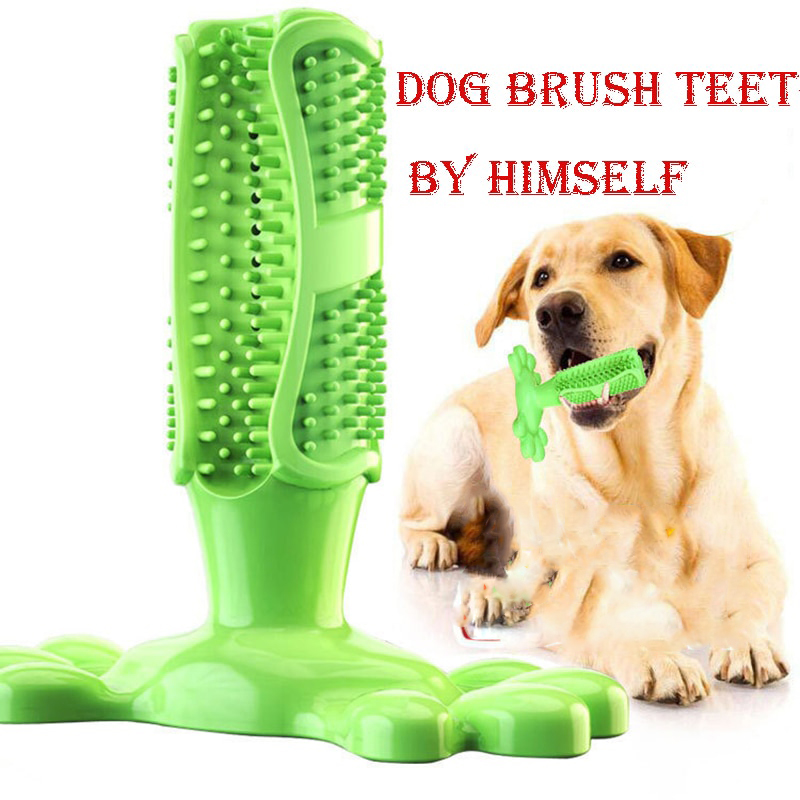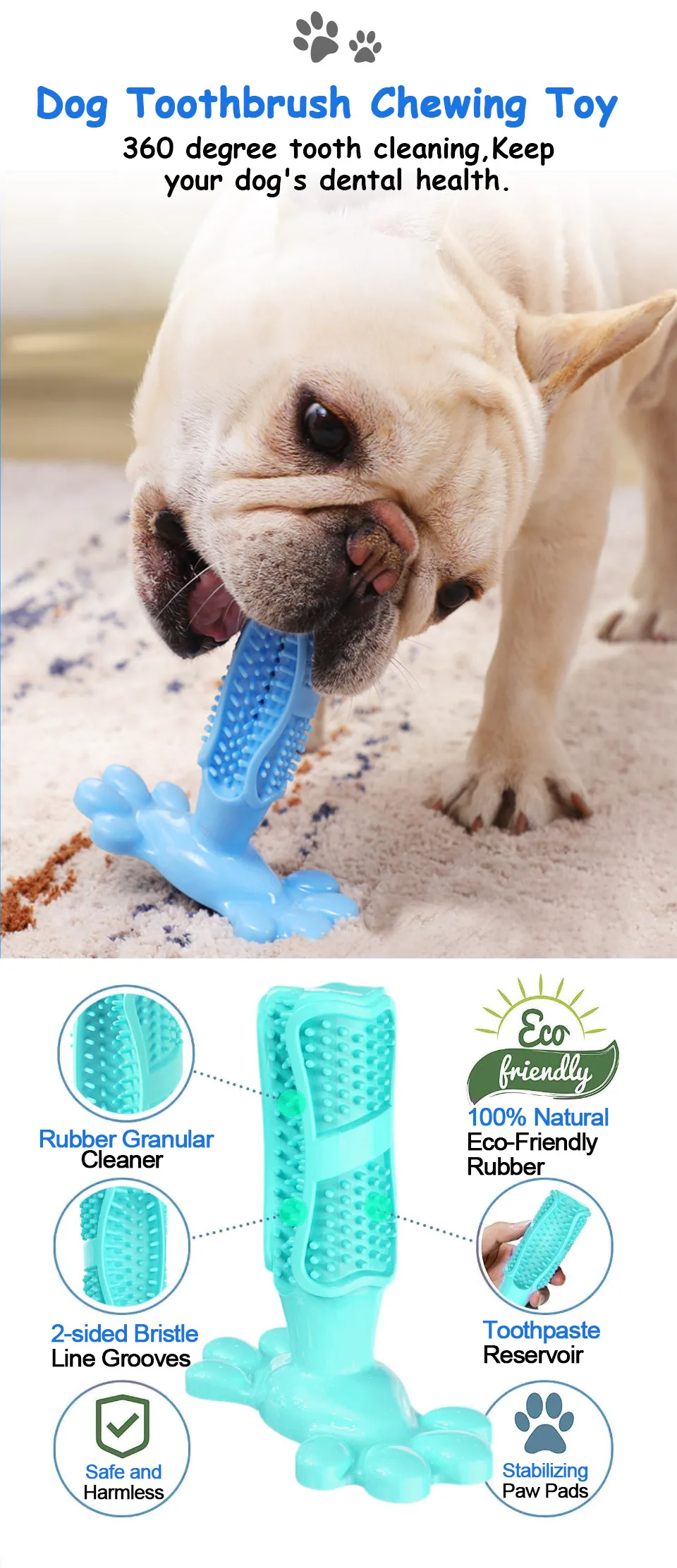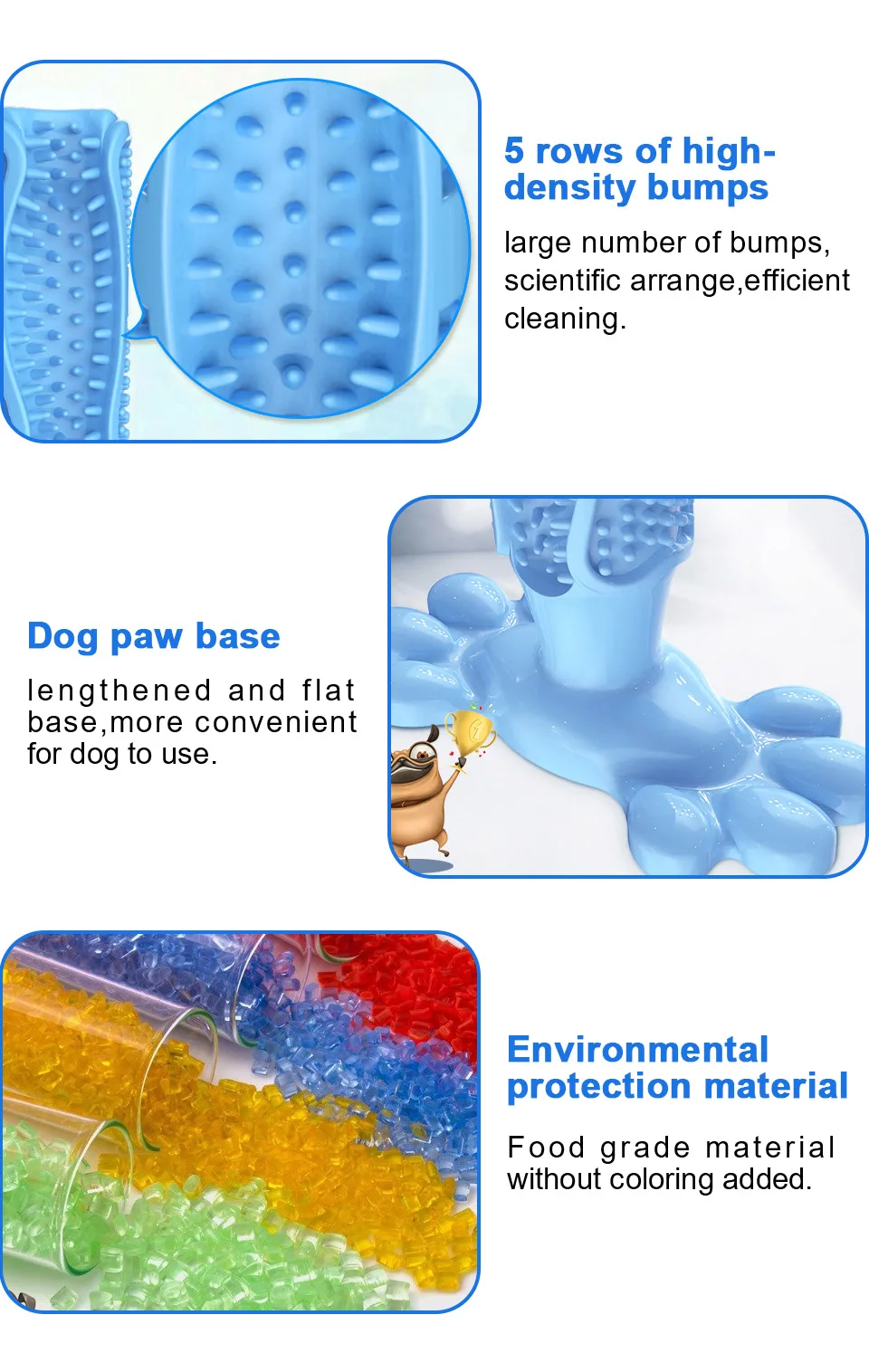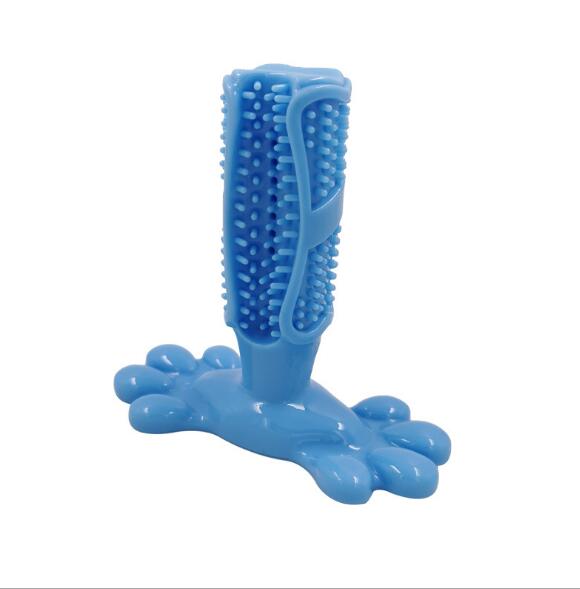PetsDzign
Escovação para limpeza de dentes molares de animais de estimação
Escovação para limpeza de dentes molares de animais de estimação
SKU:967E580412234DEEA1C530F1128EB95C
Em stock
Não foi possível carregar a disponibilidade de recolha
Care
Care
Clean with lukewarm water and mild soap.
How to measure pets
How to measure pets
How to Measure Your Dog for Harnesses, Collars & Dog Apparel
Whether you're outfitting your dog with a new harness, collar, or some stylish apparel, accurate measurements are key to ensuring the best fit. Avoid the hassle of returns and exchanges by following these simple steps to measure your dog properly for their new gear.
Types of measurements & How to measure

Topline or back
• Using a tape measure, have your dog stand and measure along the top of his spine from the base of the neck where it joins the body—usually where his collar sits—to the base of his tail.
• For male dogs you may have to adjust the measurement. If the clothing you’re buying doesn’t have a cut out for his groin and belly, you might want to shorten the length a bit to minimize the chances he’ll urinate on his new clothes.
• If your dog is between sizes, choose the larger size.
Chest girth
• This is the measurement around the largest part of your dog’s rib cage, usually just behind the front legs
• Measure closely all the way around his chest when he’s standing.
• To get the right amount of snugness, use the 'two-finger rule' by slipping two fingers between the measuring tape and your dog.
• If your dog is between sizes, choose the larger size.
Neck girth
• This is the circumference of your dog’s neck, generally where the collar sits.
• Position the tape measure from the dog’s withers—the ridge between the shoulder blades— to the top of his chest.
• Then measure all the way around your dog’s neck, holding the tape measure closely.
• Use the 'two-finger rule.'
• If your dog is between sizes, again, choose the larger size.
Measuring Your Dog for Harnesses

- In order to choose the right size of any type of harness, first you’ll need his chest and neck measurement.
- Use the 'two-finger rule' for both neck and chest measurements. You should be able to fit two fingers in between your dog and the harness.
- Read the product details carefully. Some products are sized by the dog’s measurements; others are sized by the dimensions of the actual product.
Measuring Your Dog for Collars

- The only measurement you’ll need here is neck circumference.
- Measure even if you’re buying an adjustable collar; they still come in sizes.
- Use the 'two-finger rule.'You should be able to fit two fingers in between your dog and the collar. Make sure it fits comfortably around the neck and avoid making it too tight. Use your two fingers and lay them flat underneath the measuring tape to leave some space.
- For Greyhounds and other long-necked breeds, the collar typically sits much higher, at the top of the neck just below the head. But take the measurement lower on his neck, between the withers and the collar level.
- If between sizes, go with the larger size.
Measuring Your Dog for Sweaters, Jackets, Raincoats & Life Jackets

- For most Sweater, Jackets, Raincoats & Life Jackets you will need to measure Topline & Back, Chest Girth and Neck Girth.
Specification
Specification
KEY FEATURES:
[Material]: TPR (Thermoplastic Rubber) and Rubber
[Uses]: Encourages pets to clean their teeth daily.
[Design]: Ergonomically designed to clean both sides of the teeth while fitting comfortably in a pet's mouth.
Infused with a meaty flavor to make the experience enjoyable and stimulate chewing.
[Texture]: Gentle texture ensures safety for your pet's
gums.
[Colour]: Transparent, green,blue, pink
[Grip]: Equipped with a stable base for easy handling during use.
[Gender]: Unisex
[Condition]: New
Bem-vindo à minha loja, se você tiver alguma dúvida, entre em contato comigo!
Projetado para limpar os dentes de ambos os lados e é inclinado para caber confortavelmente na boca do seu animal de estimação. Incentiva os animais de estimação a limpar os dentes todos os dias. A escova de dentes com sabor de carne torna a limpeza dos dentes uma experiência agradável para o seu animal de estimação e promove a mastigação. Textura macia projetada para ser segura para as gengivas do seu cão. Pasta dentífrica autodistribuível para dentes mais limpos. Contém base estabilizadora para que seu animal de estimação possa segurar a escova de dentes com mais facilidade
Material : borracha de qualidade alimentar Tamanho M: 126 mm * 125 mm, tamanho L: 156 mm * 155 mm
Uso: Permita que seu cão mastigue o bastão de escovação para cães por cerca de 10 minutos de cada vez. É tempo suficiente para escovar os dentes, mas não tanto que ele fique entediado. Quando os 10 minutos dele terminarem, você deve pegar o bastão e guardá-lo até a próxima vez.







Share











